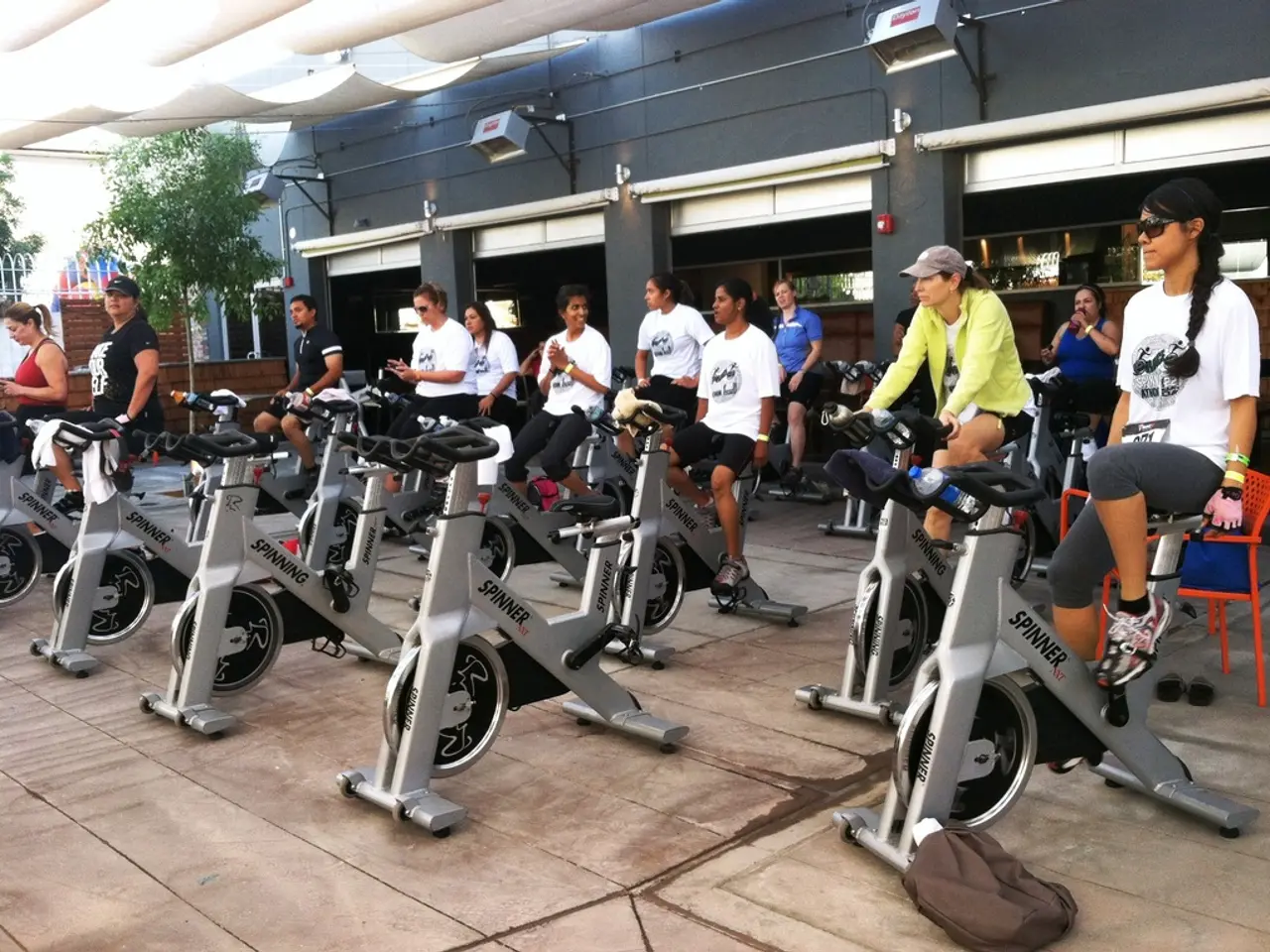Overcoming Post-Chest Surgery: A Challenging Yet Achievable Road to Recovery
=====================================================
Pilates, a popular exercise method developed by Joseph Pilates in the early 20th century, is gaining recognition for its benefits beyond physical strength and flexibility. Recent studies suggest that Pilates can significantly improve breathing and posture, making it an effective tool for various health conditions.
Consistency is key when it comes to Pilates. Five minutes of practice every day is more beneficial than an hour once a week. With minimal space, a mat, and a quiet place, Pilates can be started right away, even in one's own room. Keeping a journal of how one feels after each session can help maintain consistency.
Pilates requires a focus on postural awareness, not just during the sessions, but throughout the day. Maintaining good posture, such as standing or sitting comfortably, lengthening the spine, lifting the sternum, and relaxing the shoulders, can improve breathing and overall well-being.
One of the key exercises in Pilates is the rib breathing exercise. Lying on one's back, placing hands on the sides of the ribcage, and inhaling and exhaling calmly, this exercise teaches diaphragmatic breathing and helps calm shallow, nervous breaths. This technique can be particularly useful for patients who have undergone thoracic surgery, such as lung cancer, cardiac surgery, or reconstructions, as deep breaths can initially cause discomfort. It is advisable to practice Pilates under the supervision of a physiotherapist or experienced instructor in such cases.
Shallow breathing due to fear of expanding the chest after thoracic surgery increases the risk of secretion build-up and infections. Deep, calm breaths, activated by the parasympathetic system, promote regeneration and relaxation, reducing this risk.
The chest-opening exercise, involving placing a rolled object along the spine under the back, spreading arms wide, and letting shoulders drop down, helps people with tight chest muscles and a habit of hunching by providing more space for the lungs. This exercise, along with others in Pilates, can help improve breathing, even outside of sessions.
A study published in the European Journal of Cardio-Thoracic Surgery found that patients who included Pilates elements in their rehabilitation recovered faster, had fewer complications, and returned more easily to daily activities. Another study at Seoul National University in 2020 found that 12 weeks of regular Pilates in people with chronic back pain reduced pain and improved breathing parameters.
However, it's important to remember that Pilates is not about pushing oneself to the limit. Listen to your body and adjust intensity accordingly. Calm music can help maintain a steady breathing rhythm during Pilates practice, providing a dose of energy for the day. Creating a "breathing corner" with a yoga mat can further enhance the experience.
In conclusion, Pilates offers a range of benefits for breathing and posture. Whether practiced in the morning for a boost of energy or at any time of the day to improve breathing and reduce pain, Pilates is a versatile exercise method that can be practiced anywhere, making it accessible for everyone.
Read also:
- Abu Dhabi initiative for comprehensive genetic screening, aiming to diagnose over 800 conditions and enhance the health of future generations in the UAE.
- Elderly shingles: Recognizing symptoms, potential problems, and available treatments
- Exploring the Reasons, Purposes, and Enigmas of Hiccups: Delving into Their Origins, Roles, and Unsolved Aspects
- Various forms of cataracts include nuclear, pediatric, traumatic, and additional types







